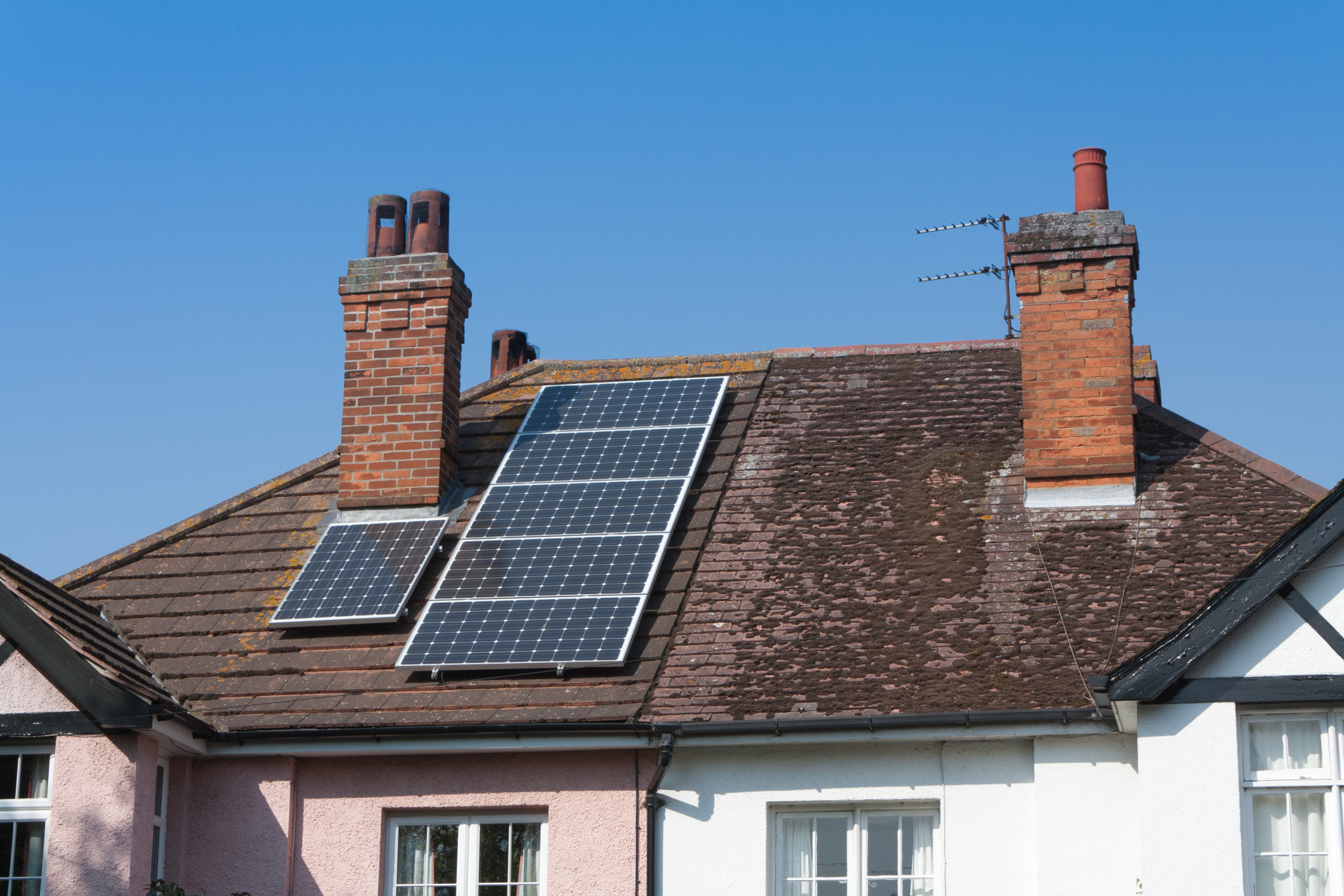As rents soar and savings become a rarity, first-time buyers are finding it increasingly difficult to get that first step on the property ladder. But, as Rebekah Commane explains, misconceptions surrounding schemes like shared ownership are being dispelled.
A survey from property services group, Countrywide, found that nearly half of 18 to 24 year-olds and 41 per cent of 25 to 34 year-olds cited deposit affordability as a barrier to buying a property at this time.
The two main reasons cited by people who had unsuccessful mortgage applications were insufficient earnings/income (29 per cent) and their credit score was too low (24 per cent).
To top this off, and make mortgages even more attractive, but more difficult for tenants to save for, rents are predicted to rise in the next five years, particularly in the capital where they are expected to increase by 25 per cent
Lauren Nicholson, head of marketing at Family Mosaic, emphasised that shared ownership is not just for key workers, but “available to anyone who does not already own a property and is unable to buy a home on the open market.”
In reality, without a little help from affordable housing programmes, like shared ownership, only a fortunate few would be able to purchase their own homes these days, and that would be bad news for consumers and the mortgage industry alike. Lending criteria has become stricter and, with rental costs soaring, first-time buyers (FTBs) are finding it virtually impossible to raise the funds for a deposit, as they pay someone else’s mortgage as tenants.
Ownership and rent
Shared ownership allows potential homeowners to purchase between 25 and 75 per cent of a property, with a deposit from as little as 5 per cent. They then pay rent on the remainder to a housing association. Participants can purchase further shares in the property if they choose to, through a process called ‘staircasing’, and can eventually own their home in its entirety.
The combined mortgage payment and rent of a shared ownership property should be less than the mortgage payment you might face, had you secured a mortgage on the whole property (less your deposit).
There are also shared ownership products available for those with long-term disabilities and an older persons’ scheme.
If you own 100 per cent of your home, you can sell it yourself. However, when you put it up for sale, the housing association has the right to buy the property back first, known as ‘first refusal’. It holds this right for 21 years after you own your home entirely.
Shared ownership mortgage holders have sole right of occupancy, meaning they cannot let out their property. To do so is considered to be fraud.
Lenders
Not all mortgage lenders support shared ownership mortgages. Where they are offered, most banks or building societies will generally allow all of their product range to be used in shared ownership.
Often housing associations or house builders have special arrangements with a particular mortgage lender, giving you access to exclusive mortgage deals as well.
Open to all
Tony Davis, director at intermediary Censeo Financial explained why the perception that shared ownership is only for a certain demographic is entirely wrong.
“Shared ownership is not just for social tenants, it’s not just for poor people; it’s there as an accessibility product for first-time buyers who don’t have the bank of mum and dad behind them.
“It hasn’t been marketed well in the past so it does suffer from misconceptions. They are high quality properties, good quality locations and the type of properties people want to buy. The processes are a lot simpler than people believe them to be and there are 20 lenders available who support shared ownership. A 5 per cent deposit for a mortgage is all that’s needed.
“There are exceptions; you don’t necessarily have to be an FTB. Someone who has lost a property through a divorce or other circumstances can qualify; it’s not exclusively for FTBs. There is a burgeoning market there. You don’t have to be from a particular background to access it. So long as you are earning less than £60,000 and, in most cases, as an FTB, you can qualify, and that’s about 80 per cent of London.
“For anyone wondering where to go to secure a shared ownership mortgage, there should be signposts towards HomeBuy agents throughout the country, whose role is to publicise the units in a geographical area.
“Generally the housing associations in their own marketing field find clients, who send them to intermediaries like us and we assess them and try to arrange a mortgage for them. Because it’s a niche space they put them in contact with brokers like us who would have access to product information.”
Why buy shared ownership?
Research by Lloyds TSB has indicated that almost half of first-time buyers are looking at shared equity or shared ownership schemes to enable them to get a foot on the housing ladder and a quarter of those said it was their only chance of buying a home.
One in four FTBs said the main reason for choosing these schemes was that it would make their mortgage payment more affordable, while another quarter said they would be able to buy in an area which they couldn’t otherwise afford.





